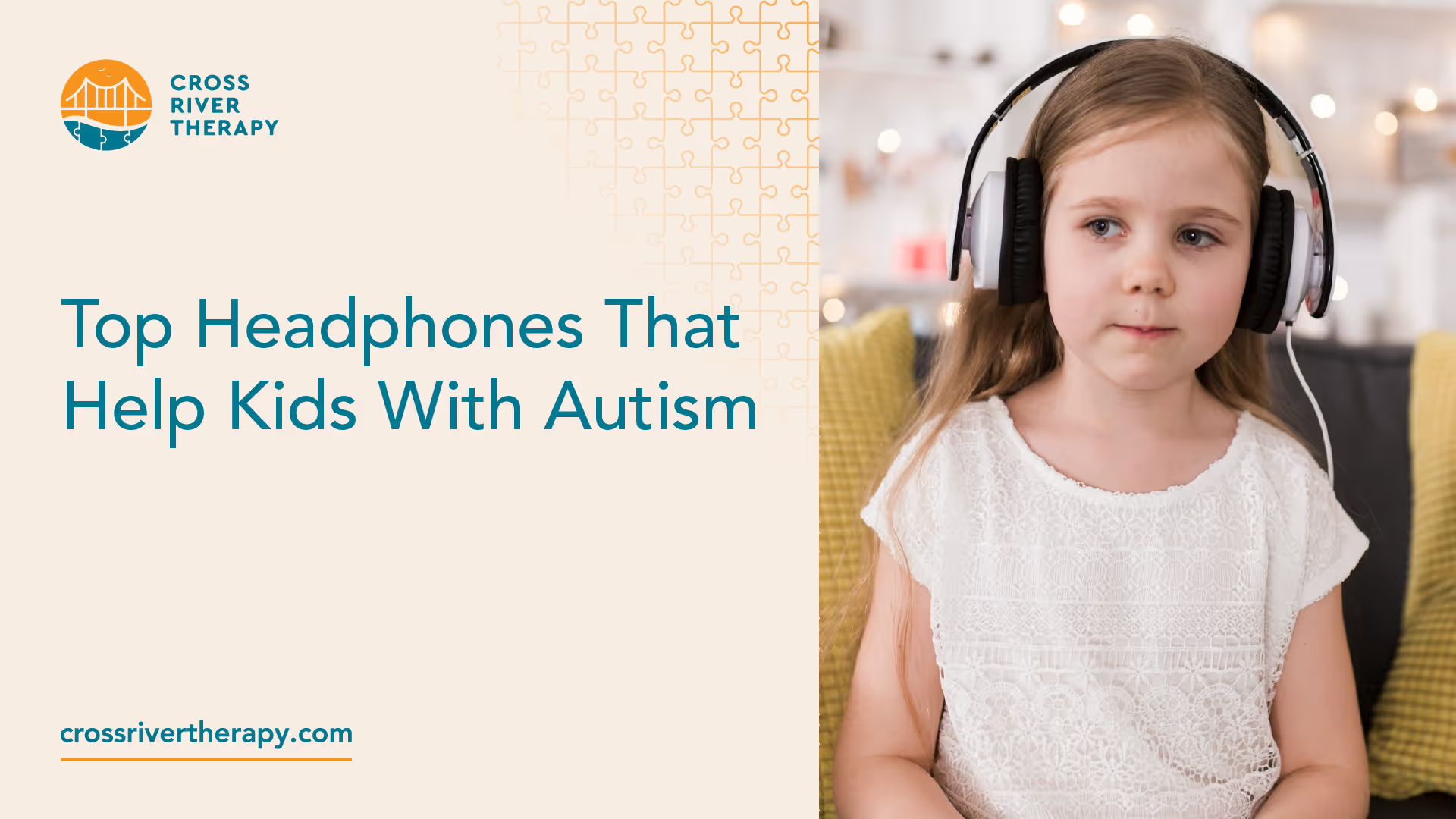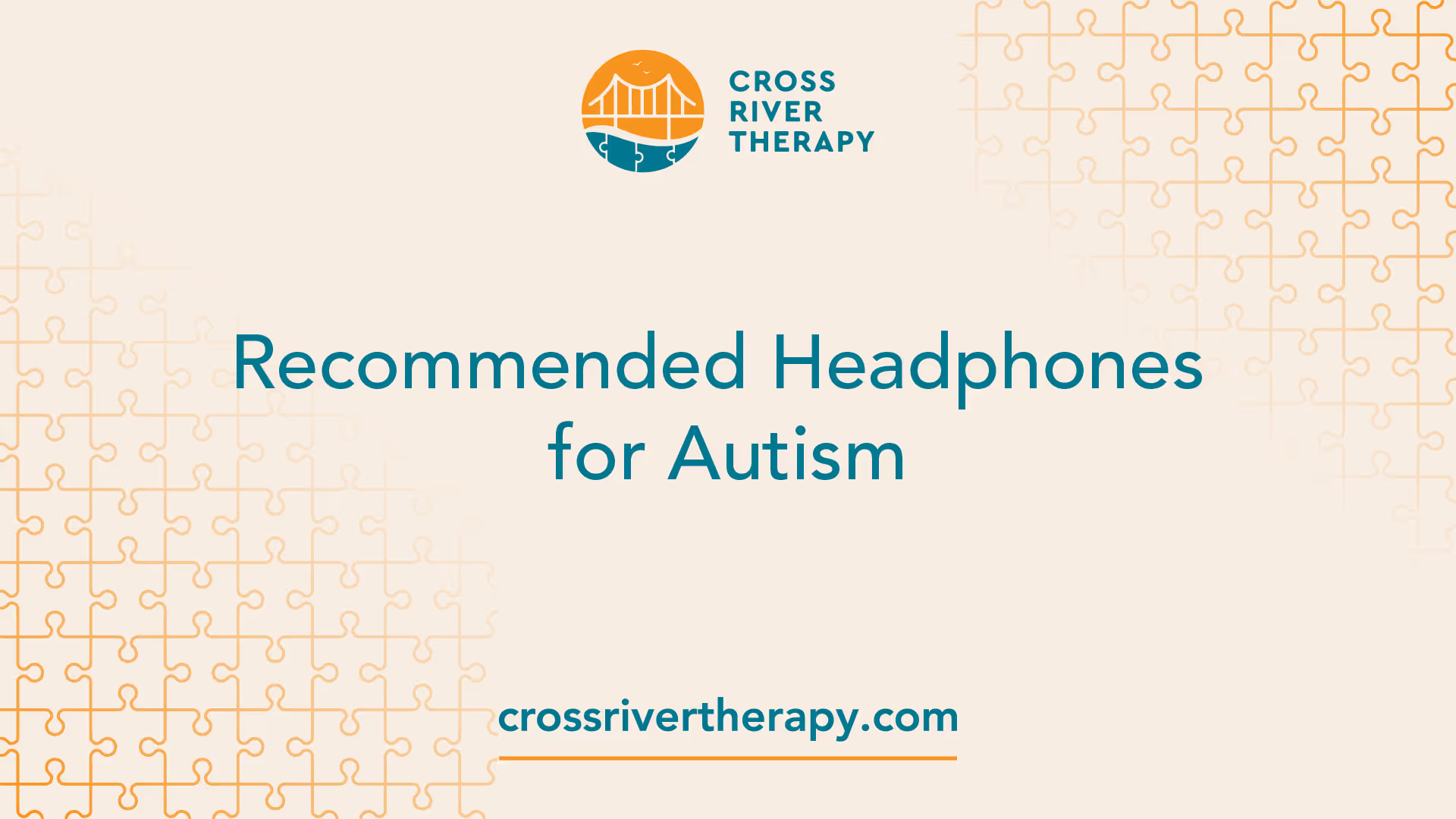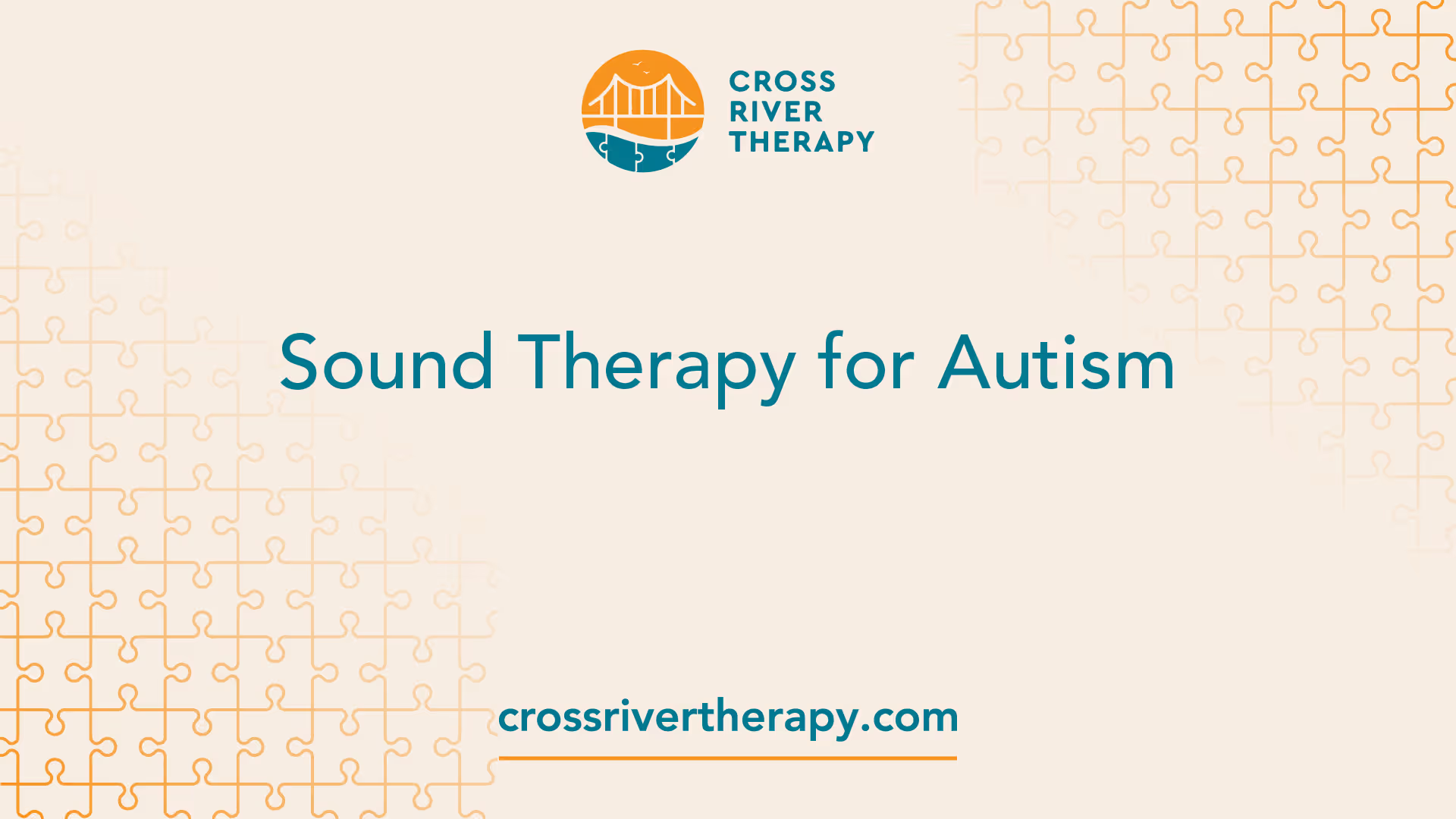Top Headphones That Help Kids With Autism
Discover top headphones for autism, providing sensory management and emotional regulation for children. Improve their comfort and focus.
Benefits of Headphones for Autism
When it comes to individuals with autism, headphones can provide a range of benefits, particularly in terms of sensory management and emotional regulation. Wearing headphones allows autistic individuals to have more control over their auditory environment and can significantly improve their overall well-being.

Sensory Management
Autistic individuals often experience sensory sensitivities, making certain sounds overwhelming or distressing. Excessive noise can lead to sensory overload and trigger heightened fight-or-flight responses. By wearing headphones, autistic individuals can block out overwhelming noise and sensory stimuli, allowing them to better handle loud or chaotic environments. This access to specialized noise-canceling headphones can significantly improve their ability to process sensory information and manage their surroundings effectively [1].
Emotional Regulation
Headphones can also aid in emotional regulation for individuals with autism. Sound sensitivity can contribute to heightened anxiety, stress, and emotional distress. Wearing headphones provides a buffer against overwhelming auditory input, helping to create a calmer sensory environment. This sense of control over their auditory experience can help autistic individuals regulate their emotions more effectively and reduce anxiety levels. By reducing sensory overload, headphones can support emotional well-being and promote a sense of calmness and comfort.
When choosing headphones for individuals with autism, it is important to consider their specific needs and preferences. Noise-canceling options with a comfortable fit and adjustable volume are often recommended. Some popular choices include the Snug Kids Ear Defenders, Sony WH1000XM3 Headphones, and BANZ Kids Headphones, which offer comfort, noise reduction, and protection tailored to sensory needs [2].
By wearing headphones, individuals with autism can better manage sensory input, reduce fight-or-flight responses, increase alertness levels, aid emotional regulation, support focus, promote better sleep, enhance social inclusion, and improve comprehension. The use of headphones can be a valuable tool in helping individuals with autism navigate their sensory experiences and improve their overall quality of life.
Recommended Headphones for Autism
When it comes to finding the right headphones for children with autism, several factors should be considered, including noise-canceling options, comfort and fit, and wireless and discreet choices. These features can greatly enhance the sensory experience and help individuals with autism manage their sensory sensitivities.

Noise-Canceling Options
Noise-canceling headphones are highly beneficial for individuals with autism as they help reduce background noise and create a quieter environment. This can be particularly helpful in managing sensory overload and promoting focus. Some recommended noise-canceling options include:
- Puro BT2200: These volume-limited Bluetooth headphones provide passive noise-canceling, blocking up to 82% of ambient noise, while still allowing for important sounds to be heard when necessary.
- Sony WH-1000XM4: These wireless headphones offer excellent active noise-canceling technology, allowing for a more immersive and focused listening experience.
- b-Calm: These noise-canceling headphones are specifically designed for individuals with sensory sensitivities, providing a customizable listening experience with adjustable volume control.
Comfort and Fit
Comfort and fit are essential considerations when selecting headphones for children with autism. It's crucial to choose headphones that fit well and provide a comfortable experience, as individuals with autism may have specific sensory sensitivities. Some recommended options include:
- Master & Dynamic MW65: These wireless over-ear headphones offer a comfortable fit with super-soft lambskin memory foam padding, making them suitable for children with autism while providing stylish design.
- Puro BT2200: These volume-limited Bluetooth headphones come with a durable and adjustable headband, ensuring a secure and comfortable fit for children aged 3 years and older.
Wireless and Discreet Choices
Wireless headphones provide greater freedom of movement and eliminate the hassle of tangled wires. For individuals with autism, wireless options can be particularly beneficial. Additionally, discreet headphones can help individuals with autism feel more comfortable in public settings. Some recommended wireless and discreet choices include:
- Puro BT2200: These wireless Bluetooth headphones offer a volume-limited design and built-in microphone, making them suitable for children with autism who prefer a more discreet option [3].
- In-ear headphones: In-ear headphones provide a more discreet way to listen to audio while offering a reduction in external noise. They can be a suitable choice for individuals with autism who prefer a smaller and less obtrusive option [4].
By considering noise-canceling options, comfort and fit, and wireless and discreet choices, parents of children with autism can find headphones that cater to their specific sensory needs. It's important to select headphones that suit the individual's preferences and sensitivities, promoting a comfortable and enjoyable listening experience.
Sound Therapy for Autism
Sound therapy is an approach that aims to address auditory sensitivities and improve auditory processing in individuals with autism spectrum disorders (ASD). There are various sound therapy techniques available, each with its own unique methods and benefits. In this section, we will explore three popular sound therapy options: Auditory Integration Therapy (AIT), Tomatis Sound Therapy, and Samonas Sound Therapy.

Auditory Integration Therapy
Auditory Integration Therapy (AIT) involves a listening program utilizing electronically modified music for headphones. This therapy typically spans across 10 days, with two 30-minute sessions per day. The electronically modified music aims to improve abnormal sound sensitivity commonly experienced by individuals with ASD. By exposing individuals to specific sound frequencies, AIT seeks to help them better integrate and process auditory information.
Tomatis Sound Therapy
Tomatis Sound Therapy, developed by Dr. Alfred Tomatis, is a personalized approach to sound therapy. It involves auditory input through an "Electronic Ear" device that plays electronically altered human voice and music, tailored to the specific needs of each individual. The therapy aims to stimulate the auditory system and improve sensory processing [5]. The Tomatis Sound Therapy is designed to address auditory processing difficulties and enhance communication skills in individuals with ASD.
Samonas Sound Therapy
Inspired by Dr. Alfred Tomatis, the Samonas Sound Therapy is another sound therapy method that can be conducted at home with the guidance of a therapist. It involves the use of a headset that plays filtered music, sounds of nature, and human voices recorded on CDs. The therapist tailors the therapy program based on the individual's goals and needs. The Samonas Sound Therapy aims to stimulate the auditory system and improve auditory processing skills in individuals with ASD.
Sound Sensitivity in Autism
Individuals with autism often experience sound sensitivity, also known as auditory sensitivity or hyperacusis. This condition refers to an increased sensitivity to sound, which can lead to distress and discomfort in daily life. Sound sensitivity may be related to neurological differences in the brain, making individuals with autism more susceptible to the effects of sounds and finding it challenging to filter out background noise. Other possible causes include sensory overload, anxiety, and stress.
Causes and Effects
The impact of sound sensitivity on individuals with autism extends beyond immediate reactions. Sound sensitivity can pose various challenges and difficulties in their daily lives. These challenges may include difficulties in concentration, limited participation in activities, and increased anxiety and stress.
In response to certain sounds, individuals with autism who experience sound sensitivity may exhibit various reactions. Common responses include covering their ears, vocalizing distress, seeking escape, or displaying repetitive behaviors.
Managing Sound Sensitivity
Managing sound sensitivity in individuals with autism is an important aspect of their overall well-being. One effective strategy is the use of noise-canceling headphones. These headphones can help reduce the impact of sounds and provide a more comfortable auditory experience. Research has shown that noise-attenuating headphones led to a significant difference in both skin conductance levels (SCL) and frequency of non-specific conductance responses (NS-SCRs) in children with autism spectrum disorder (ASD) and auditory hypersensitivity, resulting in decreased SCL and NS-SCR frequency between baseline and the first intervention phase.
By creating a supportive environment and providing individuals with autism access to noise-canceling headphones, their sound sensitivity can be managed effectively. These headphones offer a way to minimize the impact of sounds that may cause distress and discomfort, allowing individuals to better participate in activities and alleviate anxiety. Additionally, using visual aids, such as visual schedules and visual cues, can help individuals with autism better understand and navigate their environment, reducing the overall sensory overload.
Understanding the causes and effects of sound sensitivity in autism is essential for developing appropriate interventions and support. By employing strategies like noise-canceling headphones and visual aids, individuals with autism can better manage their sound sensitivity and improve their overall well-being.
Classroom Strategies for Sound Sensitivity
When it comes to supporting students with sound sensitivity in the classroom, creating a supportive environment is crucial. By implementing strategies that cater to their needs, educators can help minimize the challenges and difficulties that individuals with autism may face due to sound sensitivity. Two key strategies for managing sound sensitivity in the classroom are creating a supportive environment and utilizing visual aids.
Creating a Supportive Environment
Creating a sensory-friendly classroom environment is essential for supporting students with sound sensitivity. Here are some strategies that can be implemented:
- Quiet Spaces: Designate quiet areas in the classroom where students can retreat to when they feel overwhelmed by sound. These spaces should be free from distractions and provide a sense of calm and security.
- Headphones or Earplugs: Encourage the use of headphones or earplugs to help reduce the impact of unwanted noise. These can provide a barrier against excessive auditory stimulation, allowing students to focus on their tasks more effectively.
- Reducing Overstimulation: Minimize unnecessary noise in the classroom by reducing background noise and distractions. Consider using sound-absorbing materials, such as carpets or curtains, to help dampen noise levels.
- Establishing Routines: Creating predictable routines and schedules can help students with autism feel more comfortable and secure. When students know what to expect, it can alleviate anxiety and reduce the impact of sudden or unexpected sounds.
Importance of Visual Aids
Visual aids play a crucial role in supporting students with sound sensitivity. They provide alternative ways of conveying information and can help individuals with autism better understand and process information. Here are some ways visual aids can be incorporated in the classroom:
- Visual Schedules: Use visual schedules or timetables to outline the daily activities and routines. This allows students to anticipate changes and transitions, reducing anxiety and providing a sense of structure.
- Visual Cues: Supplement verbal instructions with visual cues, such as pictures or symbols, to enhance understanding and reinforce key concepts. Visual cues can be particularly helpful for individuals who struggle with auditory processing.
- Visual Supports: Provide visual supports, such as written instructions, charts, or diagrams, to accompany verbal instructions or explanations. This helps students with autism better comprehend and retain information.
By implementing these strategies and creating a supportive environment, educators can help students with sound sensitivity thrive in the classroom. It's important to collaborate with parents, caregivers, and other professionals to develop an individualized approach that meets the unique needs of each student. Together, we can create a learning environment that promotes inclusivity and supports the success of all students.
Studies on Headphones for Autism
When it comes to understanding the impact of headphones on children with autism, several studies have shed light on the benefits. These studies have explored the effects of headphones on behavior and physiological responses in individuals with autism spectrum disorder (ASD) and auditory hypersensitivity.
Impact on Behavior
A study published on NCBI investigated the effectiveness of standard earmuffs and noise-canceling (NC) headphones in helping children with ASD cope with problem behaviors related to hyperreactivity to auditory stimuli. The study found that both earmuffs and NC headphones were effective in improving behaviors associated with auditory hypersensitivity.
During the earmuff period, the T-score on the Goal Attainment Scaling (GAS) significantly increased compared to the baseline period. This indicates that standard earmuffs were successful in helping children with ASD manage problem behaviors related to hyperreactivity to auditory stimuli. Similarly, during the NC headphone period, five children with ASD showed improved behaviors compared to the baseline period. However, there were no significant differences in the T-scores between the NC headphone period and the baseline period, or between the earmuff and NC headphone periods.
The findings suggest that both earmuffs and NC headphones can be effective tools for children with ASD to cope with unpleasant sensory auditory stimuli, improving their behavior and reducing hyperreactivity to sound.
Physiological Responses
Another study published on NCBI focused on the physiological responses of children with ASD and auditory hypersensitivity to noise-attenuating headphones. The study employed over-ear (OE) and in-ear (IE) headphones in a single-subject multi-treatment design, involving six children aged 8-16 with ASD.
The use of noise-attenuating headphones resulted in significant differences in both skin conductance levels (SCL) and frequency of non-specific conductance responses (NS-SCRs). SCL and NS-SCR frequency decreased between the baseline and the first intervention phase, indicating a reduction in physiological arousal in response to auditory stimuli.
The study demonstrated that the use of noise-attenuating headphones, whether over-ear or in-ear, led to decreased physiological responses associated with auditory hypersensitivity in children with ASD.
These studies highlight the positive impact of headphones on both behavior and physiological responses in children with autism. By providing a sensory barrier against auditory stimuli, headphones can help individuals with ASD manage sensory overload and improve their overall well-being.
References
[1]: https://www.crossrivertherapy.com/autism/why-do-autistic-people-wear-headphones
[2]: https://kidsstoryz.com/best-headphones-for-kids-with-autism/
[3]: https://www.goldencaretherapy.com/headphones-for-children-with-autism/
[4]: https://www.abtaba.com/blog/autistic-people-wear-headphones
[5]: https://www.autismparentingmagazine.com/how-sound-therapy-works/
[6]: https://www.abtaba.com/blog/autism-and-sound-sensitivity



